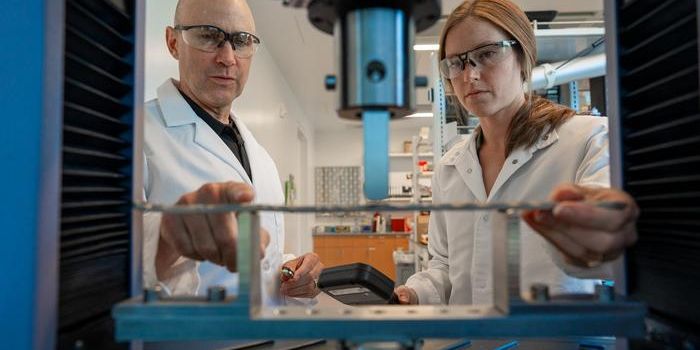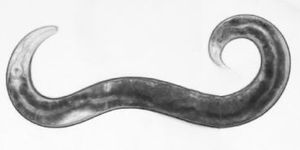Is Gluten Becoming More Immunoreactive?
In recent years, the number of people diagnosed with celiac disease has increased drastically, even with many undiagnosed individuals unaware of their condition. One research group theorized that perhaps, varieties of modern wheat, which contains gluten, might contain more “immunoreactive protein” than older wheat varieties.
Celiac disease is a genetic autoimmune disorder characterized by the lower gastrointestinal tract’s (GI) inability to process gluten. Instead, when an individual with celiac disease consumes food containing gluten, the body launches an immune response as if gluten were a dangerous pathogen. This reaction prevents the GI tract from absorbing important nutrients.
Protein content found in wheat usually constitutes 10 to 12 percent of the crop, with 70 percent being starch. Of the protein content, gluten is In the majority, constituting 75 to 80 percent of the protein content. Researchers from the study considered two groups of gluten: glutenins and gliadins, with the latter likely representing the group to blame for increased autoimmunity.
Researchers analyzed the protein content of 60 varieties of wheat known to exist between 1891 and 2010. Of the 60 varieties, five were selected in each decade as the most common variety. Each variety under study was cultivated each year between 2015 and 2016, controlling for geography and climate.
They found that while protein content in the generational wheat varieties slightly decreased over the years, gluten levels have stayed the same. What they did see changing with gluten, though, was its composition. Gliadin levels fell by 18 percent, and glutenin levels rose by 25 percent. Additionally, the higher the precipitation, the higher the gluten levels.
Ultimately, while researchers observed changes in intra-gluten content, there was no indication of increased immunoreactive potential of wheat varieties over the years. However, other protein components other than gluten have yet to be studied for their chronological change in immunoreactive potential.
Sources: Leibniz-Institute for Food Systems Biology at the Technical University of Munich and the Leibniz Institute of Plant Genetics and Crop Plant Research, The University of Chicago Medicine Celiac Disease Center, Journal of Agricultural and Food Chemistry








